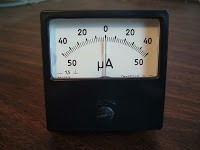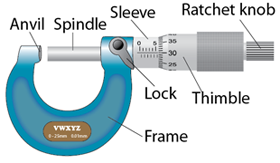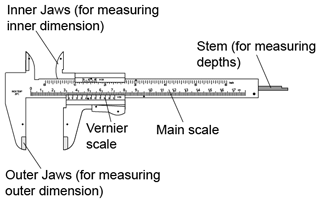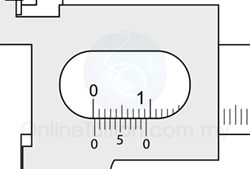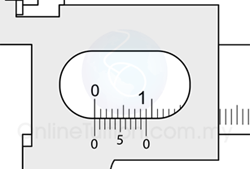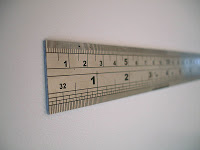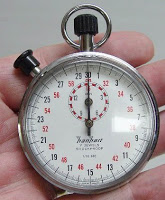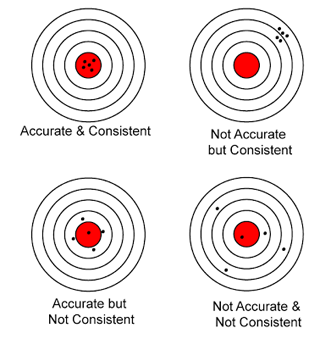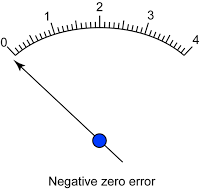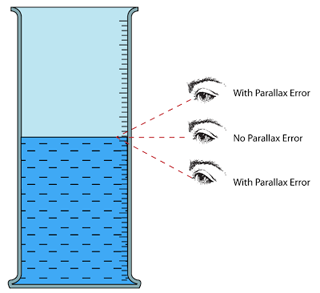- Acceleration is defined as the rate of velocity change. It is a measure of how fast the velocity change.
- Acceleration is a vector quantity.
- The unit of acceleration is ms-2.
- An object moving with a velocity that is decreasing is said to be experiencing deceleration.
Equation
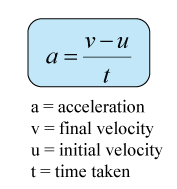
Example:
A car travels from a stationary position and reach a velocity of 36 ms-1 in 8 seconds. What is the acceleration of the car?
Answer:
Initial velocity, u = 0
Final velocity, v = 36 ms-1
Time taken, t = 8s
Acceleration, a = ?

Positive and Negative Sign of Acceleration
- Acceleration is a vector quantity, its sign (positive or negative) is determined by
- its direction
- rate of change of the speed
- If the speed of an object is increasing, the rate of change of the speed is positive, and if the speed of an object is decreasing, the rate of change of the speed is negative.
- Table below shows the positive/negative sign of acceleration related to the direction and rate of change of speed.
- When both the direction and change of speed are positive, the acceleration is positive.
- When the direction is positive and the change of speed is negative (speed decrease), then the acceleration is negative. This is equivalent to deceleration.
- When the direction is negative and the change of speed is positive (speed increase), then the acceleration is also negative. Since the speed increase, hence this is not deceleration.
- When both the direction and change of speed are negative, the acceleration is positive.

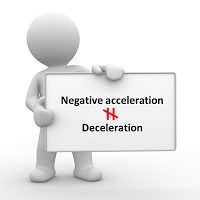
Additional Notes
- An object that experiences changes in velocity is said to have acceleration.
- Changes of velocity can be
- change of speed
- change of direction
- An object traveling with a constant acceleration, a, if the velocity changes at a constant rate.




